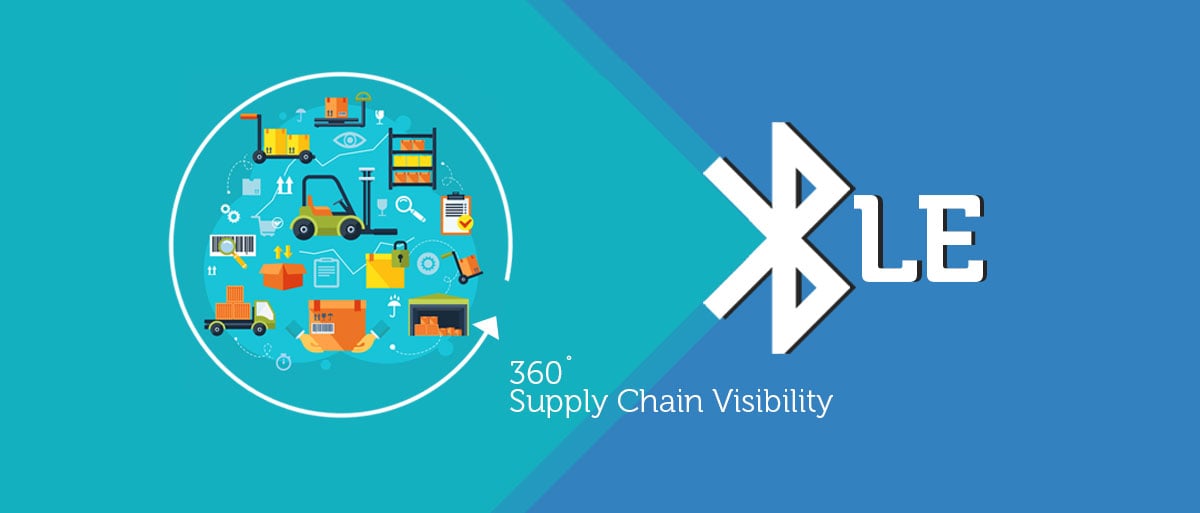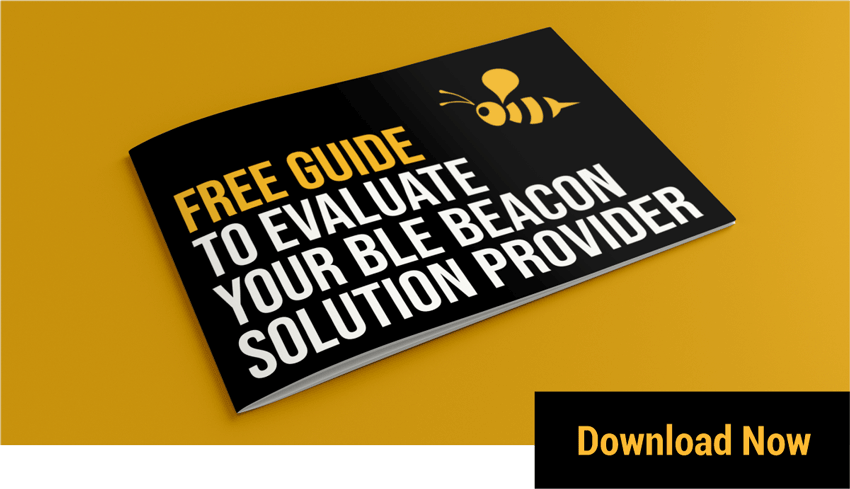Bluetooth Low Energy (BLE) technology is positioned to be the third generation of supply chain visibility - replacing RFIDs & Barcodes. Know the 7 things that you need to build an end to end supply chain visibility solution out of BLE for smart warehousing or package-level tracking.
With evolution in supply chain visibility from Barcodes to RFID to BLE Beacons, you may be wondering how you can start implementing your smart warehouse or logistics solution using BLE. Although the technology is simple to use, the “devil is in the details” when it comes to turning it into a viable end to end visibility solution. If used correctly, it can turn into a very powerful visibility solution for monitoring a package-level indoors, outdoors, and in-transit – throughout your supply chain.
Read why BLE Beacons are the 3.0 of Supply Chain Visibility, replacing RFID or Barcodes technologies.
To begin, you need Bluetooth Low Energy (BLE) Beacons or simply “Beacons” which are small battery powered tags that can be attached to packages in-transit, warehouse goods, or the equipment you wish to track, such as cranes or fork-lifts. To scan the Beacons, you need a hotspot gateway device which can be your mobile phone, or any GSM/BLE enabled wireless device installed in your warehouse floor, yard, or traveling with your goods-in-transit. Then comes the process of stitching together the data collected by the beacons, hotspot, any external data, organizing and analyzing it to get actionable insights, and most importantly - putting those insights into action promptly.
Whether your application is tracking your shipment at a package-level or streamlining your warehouse, there are seven essential items that your BLE based solution must have to efficiently cover these functions of collecting data, analyzing it, and putting the analytics to action. Let us see what these seven essentials are!
![]()
1. Beacons
Beacons are your instruments to collect data about your package or item that you wish to monitor. They are your “eyes and ears” into the health and location of your packages. For effective use,
- The Beacon design needs to be easily attachable to the items or packages,
- It needs to be lightweight to avoid additional freight charges,
- It needs to have a long battery life, so you do not have to replace its battery for years or during its lifetime, and
- It needs to have the right sensors to evaluate your package’s health in the warehouse, yard or in-transit. If you are dealing with a cold chain application, temperature and humidity sensors are essential. If your application is to monitor a high-value package of iPhones, such as the $370,000 consignment of the iPhone X devices which were stolen near San Francisco from a UPS truck (read the news about this incident), it is important to have sensors (such as light) for sensing package tamper.
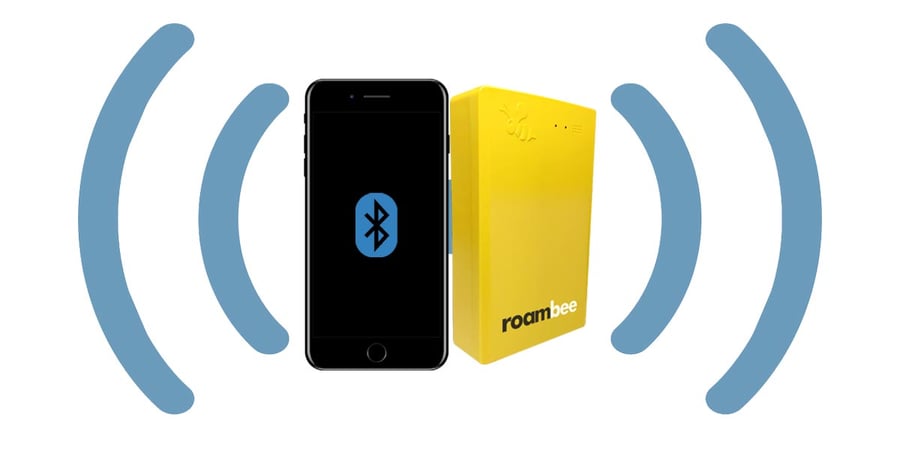
2. Hotspot Gateway
A gateway device in a BLE solution is the hardware which can scan the beacon IDs in its vicinity at regular intervals (from every few seconds to hours), read the data that the beacons have captured (such as sensor readings), and transmit it over the internet for real-time analytics. Any device which can connect to the internet and has a BLE port can be a hotspot gateway. The “hotspot” function of the device being the ability to sense beacons around it while the “gateway” aspect of it being the ability to transmit the information to the servers over the internet – hence the nomenclature “hotspot gateway.”
Smartphones can thus act as gateways too!
Data is only meaningful if it is received in real-time which means a good hotspot gateway must be able to collect data at high frequency without its own battery life getting impacted in the process. The other important aspect of a gateway is its ability to complement and enrich the insights collected by the beacons – of which real-time location is the most critical function, so you know where the gateway hotspot device is in relation to the Beacons. With RFID readers, this feature is often missing which means that you can only monitor items when they are static at a location, not while in motion from one warehouse to another. An application such as package level monitoring of a consignment of hundreds of cartons on their last-mile delivery would be impossible without the gateway device providing the real-time location.
Your gateway device is also your “additional pair of eyes and ears.” In addition to the sensor data collected by the beacons, the gateway device (if it has its own sensors) can add perspective on the temperature in the overall space, shock experienced by a consignment, pressure, and more.
Lastly, if the gateway is a device traveling with your shipment, it must be portable, have a long battery life, light-weighted, and comply with safety regulations such as having a flight mode function that automatically turns on when in flight.
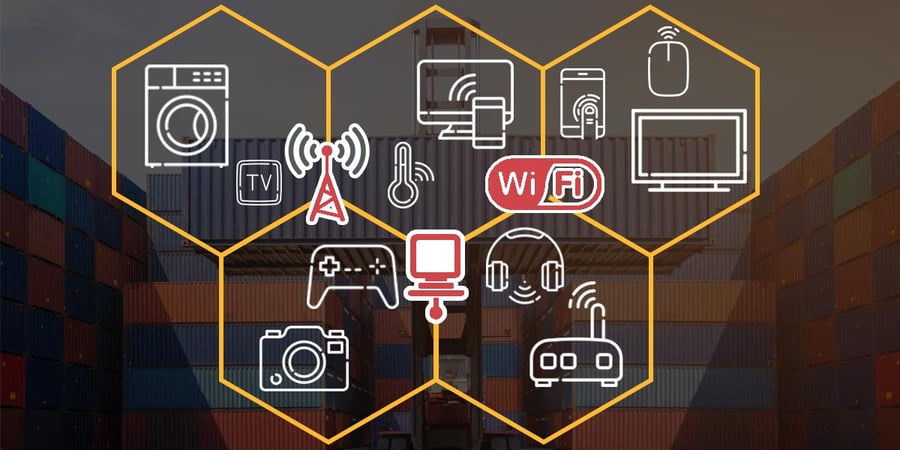
3. Connectivity
The value of your cell phone is as good as its network! When you wish to make that one crucial call to your near and dear to tell them that you have landed safe, you know how frustrating it is when there is no telecom signal.
The same applies to your IoT solution – it must work in Timbuktu!
To ensure there is no delay in the information hitting the servers for real-time insights and analytics, that your gateway hotspot device should work across multiple cellular providers globally. It must leverage Wi-Fi and new technologies such as LoRa and Nb-IoT where your application demands it – such as in a thick-walled cold-chain warehouse or a coal mine located in a remote part of the world with hardly any cellular connectivity.
It is also vital that your gateway device or the app you use on your smartphone does not lose data when there is no connectivity. It must be able to store the beacon IDs and sensor data, as well as the own data it has captured, such as location when there is no connectivity - and relay it later with the appropriate time-stamps and when there is a signal.
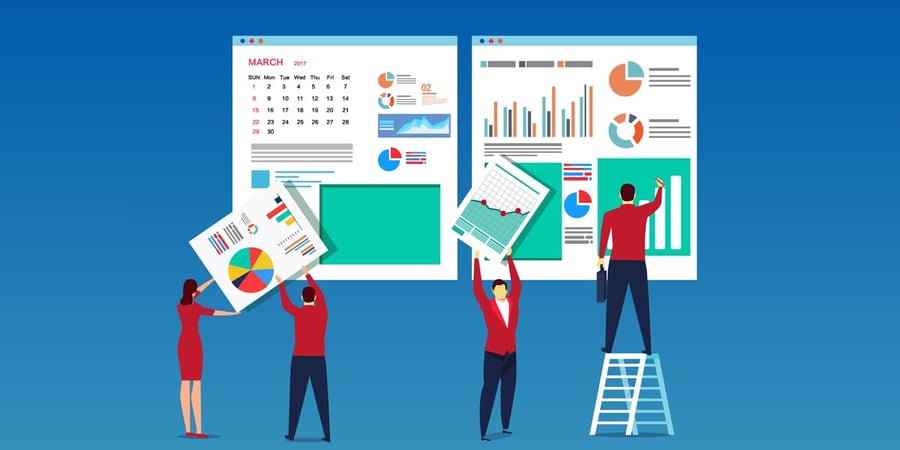
4. Micro-To-Macro Level Data Linkage
The power of your analytics tool is as good as the data you have. So, before we get into the type of analytics you require for your application, let us look at the challenges in stitching together a string of data accurately. Imagine you are monitoring 500 high-value boxes in your warehouse and in-transit. This consignment is initially in your warehouse, then travels by truck to the nearest port, boards a ship across the ocean, and then completes its last mile journey by road again.
How can you monitor every box for its Estimated Time of Arrival (ETA), safety throughout the journey, and any wrong deliveries while still getting a macro level picture of how your supply chain is performing?
It involves diligently piecing together a string of data from micro and a macro level – to help you know your overall supply chain’s health while along answering your end customer the status of his or her individual consignment which is a part of the 500 boxes that are moving. Robust platforms take this macro and micro-level visibility aspect into detail and stitch the data together before building analytics and reports.

5. “Trusted” Analytics
We run out when our building fire-alarm goes off because we believe that there is a fire raging somewhere in our building. If the alarm went off in error one out of every five times, would we take it seriously? We wouldn't! When there is an actual fire, we would be second-guessing ourselves rather than acting promptly - increasing the chance of a possible catastrophe. It is not very different for an IoT application either – your platform or portal has to come true with what it predicts. Even if one out of every five times, the platform you use predicts that your package has been delivered to a wrong location, when it indeed got delivered to the right destination, it will break your trust.
There is no certain way to make predictions 100% correct, but your IoT platform is most likely more trustworthy with its analytics than not when it takes into consideration the following for its data analytics:
- It identifies the data gaps in the source data, cleanses it, and then pieces together the gaps before using it.
- It relies on multiple data sources (yours as well as external data) – not just from your beacons and the hotspot gateways to corroborate the reason behind an incident. Consider a hypothetical situation where an Electronic Proof of Delivery (ePOD) shows the recipient marking the delivery as "accurate, " but the BLE data shows that the package has been wrongly dropped off from the truck. Now before setting off an alarm, the IoT platform must perform further analysis to determine whether there was indeed a delivery mistake or the packet was improperly tagged.
- It uses past patterns to predict the future. For example, if a consignment has stopped in a particular area for a long time and past-data shows that this is indeed a choke-point, it may not be a security threat after all.
This is precisely why an API based platform, which can ingest data easily from multiple sources, has a higher chance of success than a classic portal-type solution.

6. Devices’ Reverse Logistics Management
If your beacons are basic in nature (without any sensors) and of the disposable kind you needn’t worry! Although, many at times, you could be using sensor-rich beacons which are not worth disposing of after a single shipment use. In such a case, you would not have the hassle of managing the retrievals of your beacons from your consignee. Therefore, it would help if your solution provider could handle the reverse logistics of the devices for you.
The best purchase model for a Bluetooth solution is a “pay-as-you-go” one where your service provider completely manages the reverse logistics of the devices. It also helps you avoid capital expenditure or risk holding onto outdated beacons, gateway devices, or a non-updated software – which could increase your Total Cost of Ownership (TCO) on the long-run.
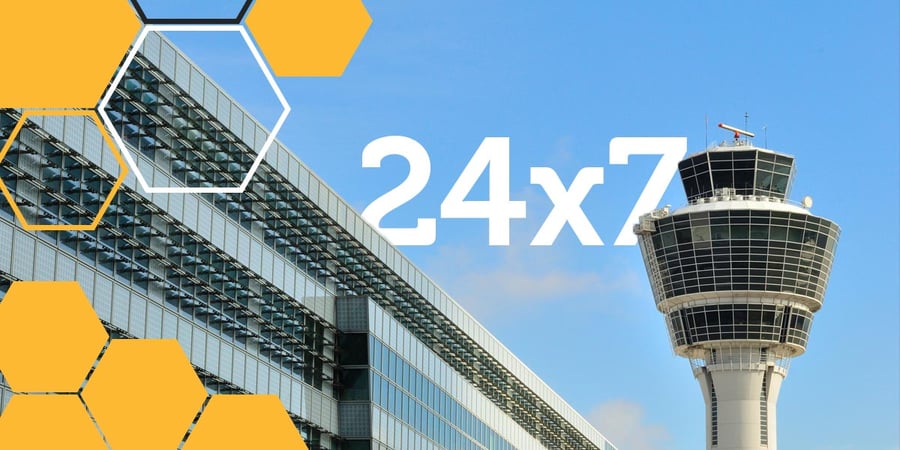
7. Putting Analytics to Prompt Action
You and your team are planning for the next financial quarter going through back to back meetings, and suddenly, you come to know that a critical consignment has deviated its route or is delivered to the wrong location. You want to act, but also have your quarter planning to do – one that is important for the bigger picture in your organization’s growth. Whether you drop your task at hand and attend to that shipment, you are at a loss.
Many of our customers too were in a similar position when they scaled up from monitoring a few warehouses or consignments to implementing a BLE solution across their entire enterprise. The number of “911s” or “emergencies” only got higher and in due course of time, unmanageable!
One of the approaches we took to address this is by setting up a 24x7 Control Tower where live-personnel would help normalize disruptions and act on our customer's behalf to ensure a streamlined business operation.
See how the BeeCentral concept works!
With these seven essentials in place, namely, the right beacons, a versatile hotspot gateway device, seamless data linkages, trusted analytics, reverse logistics of devices, the ability to put analytics to action, you are all set to go ahead with monitoring your supply chain end to end with the power of BLE. You can better control your goods and assets in the warehouse to your last-mile, and increase the chances of getting ROI out of the BLE solution.

